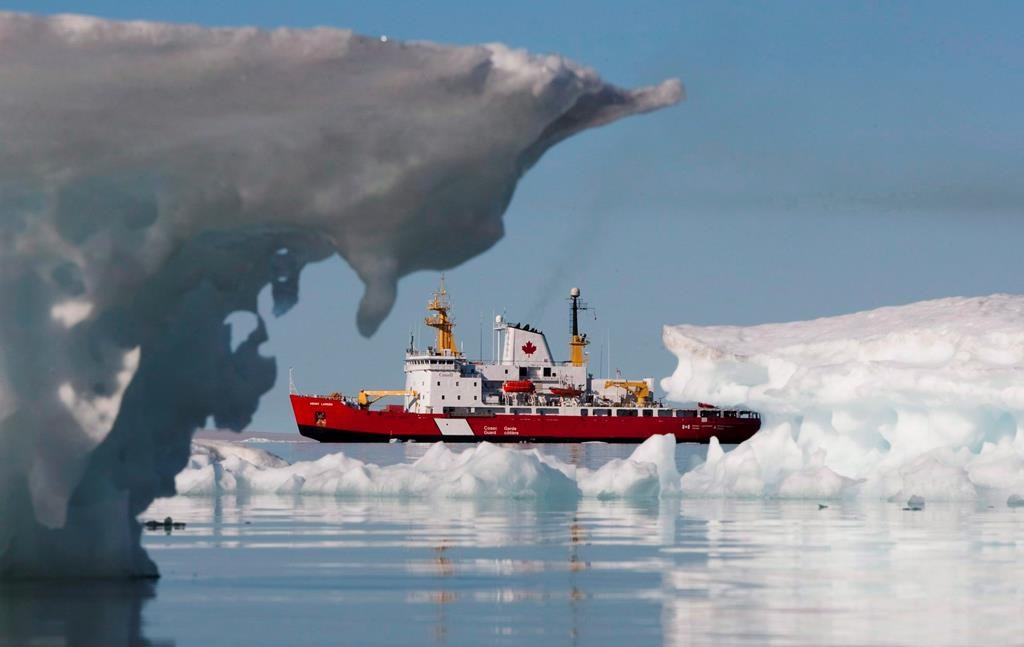Ice conditions in waters off Atlantic Canada are slightly less heavy than at this point last year, the Canadian Coast Guard said Tuesday while cautioning that the next few weeks will determine the overall severity of the season.

Brad Durnford, the coast guard’s superintendent of ice operations for the Atlantic region, said during a conference call that milder weather in December resulted in a slower start to the ice formation.
“But we are expecting a fairly significant year again this year,” said Durnford. “The ice is growing really quickly now.”
READ MORE: High winds, ice conditions delay opening of spring lobster season
The situation is especially evident in areas such as the Gulf of St. Lawrence, where heavy ice is continuing to grow after a slow start, Durnford said.
As a result the Coast Guard has moved one of its eight icebreakers in the region into New Brunswick’s Bay of Chaleur and another into the Strait of Belle Isle off Newfoundland. Durnford said an icebreaker was helping the provincial ferry in the Strait of Belle Isle for the first time this year on Tuesday.

Get daily National news
He said the gulf is being monitored closely because the ice breakup there usually coincides with the return of the endangered North Atlantic right whale in early spring.
- Donald Trump claims B.C.’s ‘very large faucet’ could help California’s water woes
- Canada must speed up progress to hit its 2030 emissions target: report
- U.S. TikTok ban case pits free speech vs. national security. Which will win?
- A final, tragic text from doomed Titan sub revealed at Coast Guard hearing
For the last two years, the coast guard has worked on icebreaking measures in harbours bordering the gulf region in order to allow crab fishermen to start their season early and avoid the returning whales.
Durnford said heavy and medium icebreakers will be used for the harbour breakout work along with a hovercraft that breaks the ice as it passes over it.
READ MORE: Warm weather makes for difficult ice conditions at World’s Longest Hockey Game
“As soon as we see a change happening where the ice is starting to clear we start to break out harbours,” he said. “A lot of the times it comes down to Mother Nature helping us because no matter what you throw at it, it’s still cold, the wind is on the land, and the ice is not going anywhere.”
Durnford said the coast guard had carried out 30 ice-related tasks so far this year – 10 less than at this time last year.
The coast guard carried out 324 tasks during last year’s ice season which included ship escorts, freeing vessels from the ice and breaking up harbour entrances.
Durnford said the total time for dealing with ice calls in 2018-19 amounted to 187 days. The season runs from November to July.
This report by The Canadian Press was first published Feb. 4, 2020.







Comments